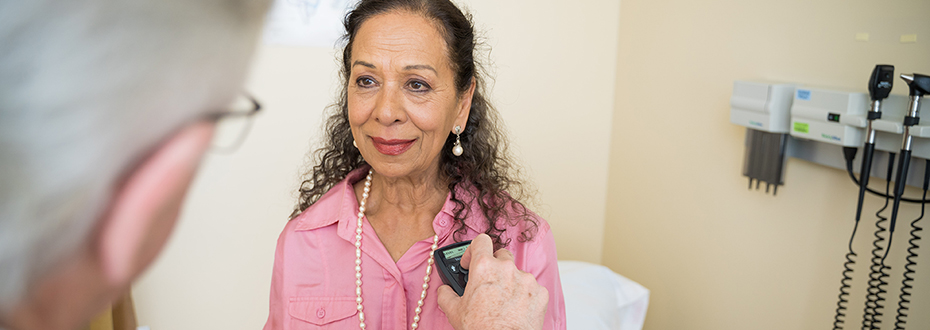What to Expect After DBS Surgery

Your care team at OHSU will work with you to make sure your recovery and life after DBS go as smoothly as possible. We understand that every patient is different.
Recovering from DBS surgery
Some bruising near the surgery areas is normal. It will fade with time. Swelling around your eyes is also normal, and should get better in a week or two. Tenderness or numbness near the incisions and behind the ear may last as long as a month.
The “honeymoon” effect after DBS surgery
Your symptoms may improve temporarily after surgery. This is called the “microlesion” or “honeymoon” effect. It can last days or weeks after your surgery.
You might be tempted to lower your medication dose(s), but don’t change your medications unless recommended by your neurologist.
Don’t worry when the effect wears off. It’s normal for symptoms to go back to their pre-DBS level. They will improve as your DBS system starts working. It may take a few months of adjustments before your DBS system works as well as possible.
Some people may need physical or speech therapy after DBS to get the best results.
Adjustments to your implanted pulse generator (IPG) after surgery
About one month after you have your implanted pulse generator placed, you will return to our clinic so it can be programmed. We will adjust the electrical impulses so they work best to treat your symptoms.
Your local neurologist may be able to do some or all of your IPG programming. Many patients need several sessions, usually a month apart, to find the best symptom control.
After that, the IPG is typically adjusted every six months. We replace the battery in the generator every three to five years in a minor outpatient procedure. Newer rechargeable generators last about 15 years before they need replacement.
Life after DBS surgery
The days and weeks after DBS surgery for Parkinson’s or essential tremor are different for everyone. But here are things to keep in mind:
- Rest: When you return home, rest as much as possible. Slowly return to regular activities.
- Falls: You have an especially high risk of falling in the weeks after DBS. Patients often feel overconfident after surgery. If you used a walker or cane before surgery, keep using it until you are stronger and steadier.
- Symptoms: Your symptoms may improve temporarily after surgery, and it’s normal for this “honeymoon” effect to wear off. Your symptoms will improve again as we program your DBS system.
- Time: It may take a few months of adjustments before your DBS system works as well as possible for you.
Learn more
- Understanding DBS
- DBS FAQ and resources, including information on long-term side effects
- DBS Outcomes
For patients
Call 503-494-4314 to:
- Ask questions
- Arrange a referral from your neurologist
- Schedule follow-up appointments
Download our patient guides:
Location
Parking is free for patients and their visitors.
Center for Health & Healing
Building 1, eighth floor
3303 S. Bond Ave.
Portland, OR 97239
Map and directions
Refer a patient
- See our Referring Providers page to learn about making a referral to OHSU, how we partner with you, and training opportunities.
- Is your patient a candidate for DBS?
- Download our DBS guide for providers.
- Call 503-494-4567 to seek provider-to-provider advice.